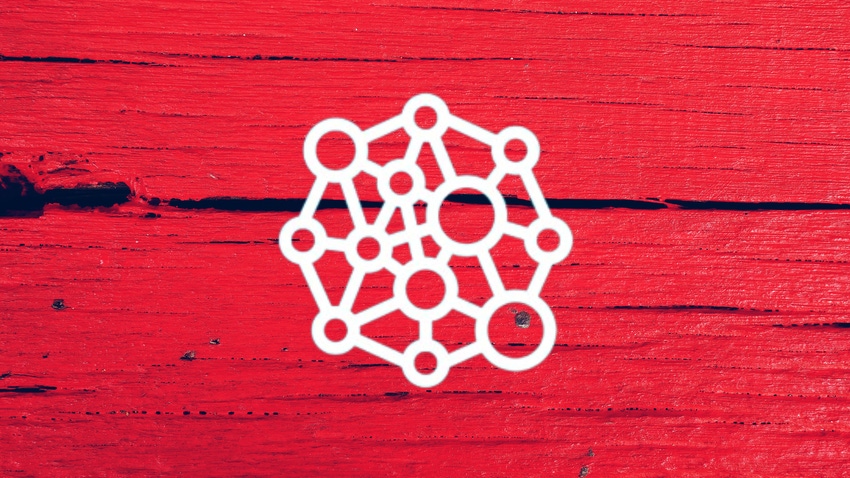Microsoft Supercharges RAG with Knowledge Graphs
Microsoft researchers use AI-generated knowledge graphs to improve RAG’s ability to answer questions

At a Glance
- Basic RAG struggles with context. Microsoft researchers might have found a way to improve it.
Retrieval-Augmented Generation (RAG) is among the most universally used techniques for extending the capabilities of large language models. Now, researchers at Microsoft have come up with a way to improve RAG through knowledge graphs.
RAG enables a model to generate more accurate answers because the user attaches a document or other data source to the query that the model can use for reference.
Microsoft’s researchers propose GraphRAG, which uses AI-generated knowledge graphs to improve question-answering when analyzing complex information.
Basic RAG struggles with context − unable to connect the dots when it comes to answering a question that requires information from disparate sources.
GraphRAG, however, tasks the large language model to create a knowledge graph based on the private dataset. That graph is then used alongside graph machine learning to perform prompt augmentation at query time.
The process, according to Microsoft, results in substantial improvement in answering questions. By using the generated knowledge graph, GraphRAG improves the “retrieval” portion of RAG by populating context windows with higher relevance content, resulting in better answers.
Looking at the example below, both techniques answer the initial exploratory question well. However once faced with a query that requires the system to connect the dots, basic RAG fails to create a response, while GraphRAG creates a lengthy output.

A Microsoft research blog said GraphRAG has been applied to scenarios across social media, news articles and workplace productivity.
Microsoft did not say whether it is going to publish access to GraphRAG. Instead, it expressed intent to collaborate with customers on applying the new technique to “a variety of new domains.”
Read more about:
ChatGPT / Generative AIAbout the Author(s)
You May Also Like


.jpg?width=700&auto=webp&quality=80&disable=upscale)
.jpg?width=700&auto=webp&quality=80&disable=upscale)
.jpg?width=700&auto=webp&quality=80&disable=upscale)
.jpg?width=300&auto=webp&quality=80&disable=upscale)
.jpg?width=300&auto=webp&quality=80&disable=upscale)
.jpg?width=300&auto=webp&quality=80&disable=upscale)
.jpg?width=300&auto=webp&quality=80&disable=upscale)
.jpg?width=300&auto=webp&quality=80&disable=upscale)